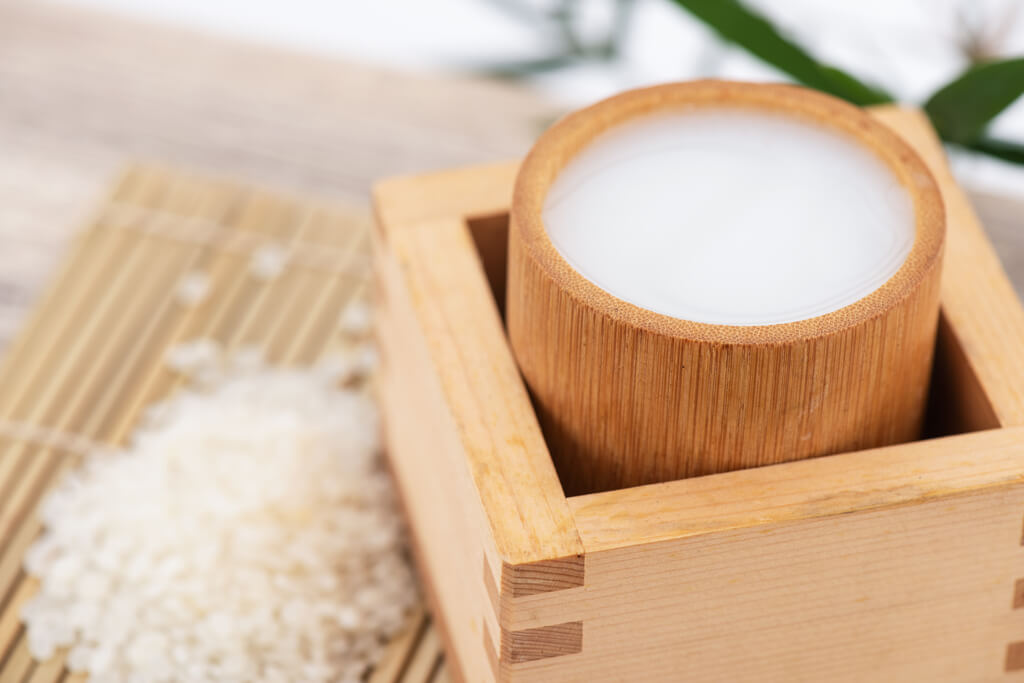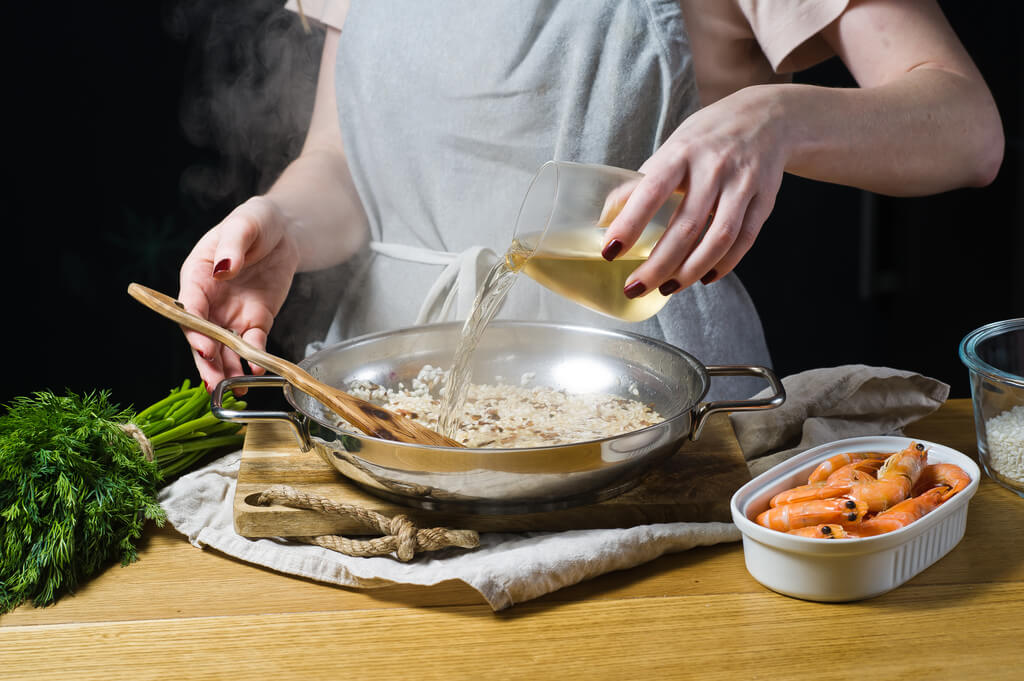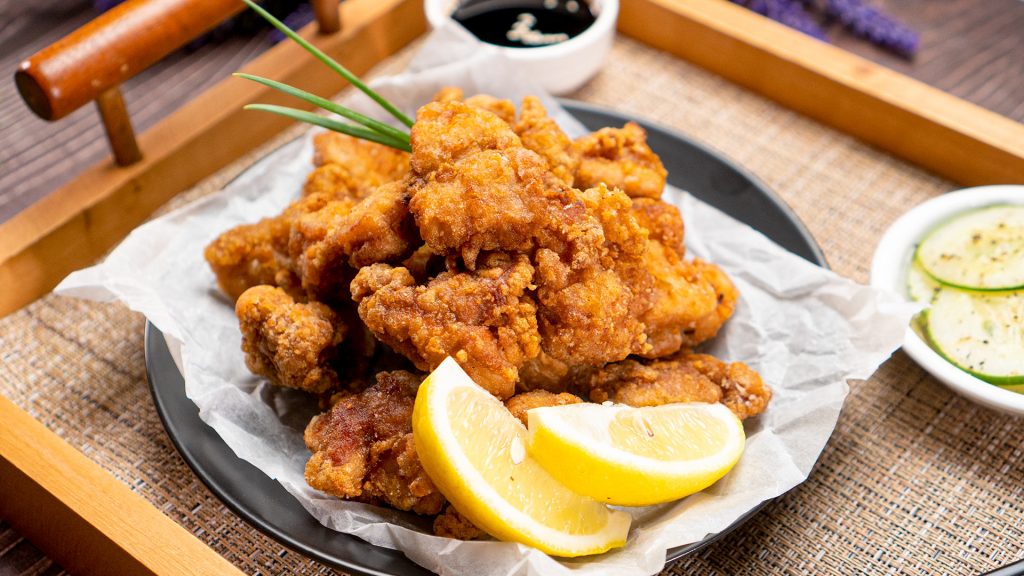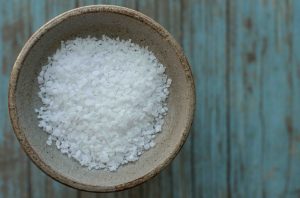
Originating from East Asia and Southeast Asia, rice wine comes in different types. The Japanese enjoy sake and mirin, while China has huangjiu, choujiu, and Shaoxing. There’s also tapuy and kulapo from the Philippines and makgeolli from Korea. With that, it’s evident that this ingredient holds a special place in Asian cuisines and is as iconic as soy sauce. The only catch is that it’s not as easy to find at the grocery store. Turns out, there are easily accessible rice wine substitute options you can use instead.
Explore the best alternatives below as well as how to use them! In each backup, you’ll also discover what type of rice wine they’re a good substitute for and what kind of recipes suit each.
What Can You Substitute for Rice Wine?

Check out the flavorful rice wine substitute choices below. We’ll explain how to use alcoholic and non-alcoholic options and what recipes work best for each backup.
Alcoholic Options
Pale Dry Sherry
Dry sherry is possibly the best substitute for Chinese rice wine Shaoxing. Both have the same reddish-brown hue and they also share the same flavor profile. Now, despite their differences in appearance, it’s also a good substitute for mirin and sake because of their unparalleled similarities in taste.
Additionally, this backup also displays hints of nuttiness and saltiness with a distinct sweetness. Still, avoid using cooking sherries because they are relatively sweeter than rice wine. You can use pale dry sherry instead as they are on par with the former’s flavor profile. Appearance-wise, pale dry sherry also somewhat resembles some rice wines due to its pale yellow color. Because of their many similarities, you can use a direct substitution on this alternative.
Gin
Although it doesn’t seem like it, gin is actually a great alternative to white rice wine. Whatever brand or version, gin in general shares a similar flavor with certain types of rice wine. It also has somewhat of a colorless appearance. This alcoholic beverage, though slightly citrusy, also has the perfect balance between acidity and sweetness that you’ll often encounter with white rice wine in particular. Despite their striking similarities, you can’t really use gin to replace rice wine in a 1:1 ratio because of its higher alcoholic content. That said, we recommend using just a fraction of gin first to replace the original ingredient.
Dry White Wine
In a pinch, dry white wine makes a nice white rice wine substitute. To emphasize, you strictly need the dry variant as it is less sweet than the regular sort.
In this case, use this ingredient sparingly as it also has a vibrant fruity taste that’s absent in rice wines. Because white wines tend to pair well with white meats such as chicken, turkey, and duck, feel free to employ it in the same way as a replacement for marinades and also for dipping sauces.
Non-Alcoholic Options
White Wine Vinegar
The flavor of white vinegar is far too acidic as a replacement, so this toned-down taste of white wine vinegar is almost the perfect dupe. Because of its lighter color, it is more suited to replace similar-colored rice wines like mirin and sake. Used in a multitude of dishes in French cuisine, this ingredient has the perfect balance of acidity and sweetness. It is very similar to rice wine too in terms of mouthfeel, as both highlight a delicate taste. To incorporate it in your dishes, use one tablespoon for every spoon of rice wine.
READ ALSO: 12 White Wine Vinegar Substitute Options You Can Use In a Pinch
Apple juice
For a non-alcoholic rice wine substitute, apple juice mixed with a little rice vinegar just might do the trick. The acidity from the apple juice cuts through tough meat which is what the rice wine does for some recipes. While not exactly the best replacement, apple juice is a good last-minute alternative for marinades and stir-fry recipes since it acts as an effective tenderizer. If you’re in doubt, you can always do a little taste test before making the big jump. Since this is a bit sweeter, try to incorporate it in small increments first.
White Grape Juice
Next to apple juice, white grape juice is your next best pick. It mimics the tart and fruity flavor of Shaoxing rice wine and also acts as a good tenderizer. With a little rice vinegar, you can cut through its sweetness and add a bit more acidity too. Like our previous swap, this quick-fix might do for some stir fry recipes and marinades.
Lemon Juice and Sweetener
As a last resort, you may also use lemon juice in certain recipes. Please note that because it’s much more acidic and tart than any type of rice wine, it’s not a good direct substitute. Nevertheless, lemon juice, with its acidic body, is still a suitable replacement especially if it’s mixed with sweeteners. You can go for honey or sugar to tone down its acidity and to bring a little sweetness that this backup lacks. We suggest adding this combo in slow progression while doing a taste test for your marinades and sauces.
Poor Rice Wine Substitutes To Avoid
To ensure that your Asian recipe comes out right, you must avoid the following ingredients.
First is Chinese rice wine vinegar. While it carries the name “rice wine”, this one is more acidic than the original ingredient, and it will not have the same sweetness you’re looking for. Additionally, the fermentation process they go through is different. The wine variant undergoes fermentation with the use of yeast and lactic acid bacteria to produce alcohol. The vinegar sort, on the other hand, is produced with the use of an acetic acid known as the mother of vinegar.
Lastly, you should also avoid cooking wines found in local supermarkets since they tend to be oversalted. Using them will affect the flavors of your Asian recipes, and not in a good way.
How to Make Your Own Rice Wine
Now if you can’t find rice wine in your local grocery and would rather have the most authentic flavor close to the actual rice wine, why not make your own? Don’t worry! Although it seems quite challenging at first, making a homemade version is actually quite simple. Just follow the recipe below!
Ingredients:
- 2 cups glutinous rice
- 1 wine yeast ball
- 2 cups water
Here’s what you have to do:
- In a large bowl, rinse the glutinous rice thoroughly. Remove any impurities found in the rice. Then, rinse until the water is clear or at least when the rice is visible at the bottom.
- Next, soak rice in hot water for about an hour. Using a fine mesh strainer, strain and remove from water.
- Boil two cups of water in a steamer. Once the water starts boiling, place your rice at the top compartment and steam for 25 minutes. If your steamer has big holes, you may also place the strainer in the steamer.
- After 25 minutes, check if the rice is completely cooked. If not, flip the rice around and steam some more while checking every five minutes.
- Once cooked, transfer to a baking sheet in a thin layer. This is to help speed its cooling process.
- Next, crush the yeast ball using a mortar and pestle. Grind the yeast until it turns to powder.
- Get your completely cooled rice and pour it into the powdered yeast. Make sure the yeast is well-spread throughout the rice.
- Transfer rice in an airtight container. This process is important. You have to store it in a warm place (preferably 100 degrees F) for a few days.
- After a few days, you’ll notice liquid beginning to form. At this point, you don’t have to keep it heated. You can already taste the wine, but you have to at least ferment it for a month.
- Strain the rice wine after a month. You can use a quality cheesecloth or fine mesh to pour liquid into the container. For longer shelf life, store in the refrigerator.
Flavorful Recipes That Use Rice Wine

Test your homemade rice wine with these easy-to-make recipes:
- Karaage (Japanese Fried Chicken) – These deep-fried chicken pieces are not your normal fried chicken. Chicken karaage is packed with authentic Japanese flavor thanks to its umami-packed marinade that includes soy sauce, rice wine, ginger, and sugar.
- Galbi JJim (Korean Braised Short Ribs) – Galbi jjim highlights tender short ribs braised in a sweet sauce made of soy sauce, honey, rice wine, sesame oil, and minced garlic. Overall, this dish gives an explosion of flavor with every bite of the tender ribs.
- Steamed Wild Striped Bass – Your rice wine is just the perfect stuff to take out the foul odor of any fish, try it out on this striped bass with ginger and scallion!
Use These Rice Wine Substitute Options For Cooking
Indeed, rice wine is a flavorful condiment used to add an extra layer of flavor to some of your favorite Asian recipes. Now, because it’s hard to find at local grocery stores, this list of rice wine alternatives sure comes in handy. Find out what backup suits your favorite recipes and enjoy the flavors of Asia on your very own dinner table!











